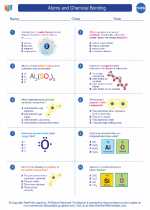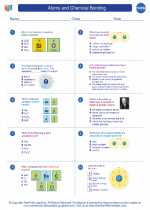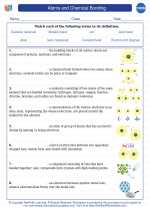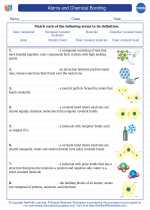Electrical Power
Electrical power is the rate at which electrical energy is transferred by an electric circuit. It is the product of voltage (V) and current (I) in a circuit, and is measured in watts (W). The formula for calculating electrical power is P = V x I, where P is power in watts, V is voltage in volts, and I is current in amperes.
Understanding Electrical Power
Power is a measure of how quickly electrical energy is converted into other forms of energy, such as light, heat, or mechanical energy in devices like light bulbs, heaters, and motors. The higher the power rating of a device, the faster it can transfer energy and the more work it can do in a given amount of time.
Calculating Electrical Power
To calculate electrical power in a circuit, you can use the formula P = V x I, where P is the power in watts, V is the voltage in volts, and I is the current in amperes. For example, if a circuit has a voltage of 120V and a current of 5A, the power can be calculated as follows:
P = 120V x 5A = 600W
Factors Affecting Electrical Power
Several factors can affect the electrical power in a circuit, including the voltage and current levels, the resistance of the circuit, and the efficiency of the devices or components in the circuit. Understanding these factors is important for designing and optimizing electrical systems for various applications.
Study Guide
Here are some key points to focus on when studying electrical power:
- Understand the relationship between voltage, current, and power in an electric circuit.
- Learn how to calculate electrical power using the formula P = V x I.
- Explore the applications of electrical power in various devices and systems.
- Examine the factors that can affect the power in an electrical circuit and how to optimize power transfer.
- Practice solving numerical problems related to electrical power calculations.
By mastering the concept of electrical power and its calculations, you will be able to analyze and design efficient electrical systems for a wide range of practical applications.
.◂Chemistry Worksheets and Study Guides High School. Atoms and Chemical Bonding

 Worksheet/Answer key
Worksheet/Answer key
 Worksheet/Answer key
Worksheet/Answer key
 Vocabulary/Answer key
Vocabulary/Answer key
 Vocabulary/Answer key
Vocabulary/Answer key
